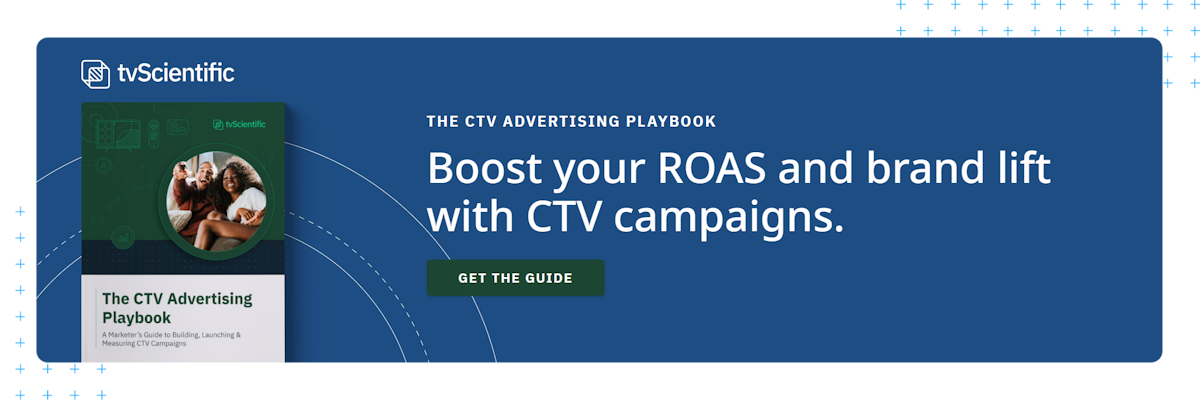Lower funnel marketing tactics are vital for engaging customers at the cusp of making a purchase.
Lower funnel marketing tactics are vital for engaging customers at the cusp of making a purchase
Lower funnel marketing is the linchpin of any comprehensive marketing strategy, transforming your acquired leads into loyal customers who drive revenue growth. Unpacking the significance of personalized communication, targeted offers, and strategic involvement of sales, we explore how lower funnel marketing is instrumental in not only driving conversions but also nurturing enduring customer loyalty. From the art of promo codes and discounts to the power of a well-crafted pricing page, discover the strategies that propel potential customers through the final stages of the marketing journey.
Ready to dig deeper? Check out our Complete Guide to Full Funnel Marketing.
What Is Lower Funnel Marketing?
Lower funnel marketing is the stage of the marketing funnel that engages prospects who are close to making a purchase decision. Once upper and mid-funnel strategies make customers familiar with the brand, low funnel strategies emphasize the value of the product or service to close a sale.
Some components of lower funnel marketing may include retargeting ads, email marketing, and personalized content. Retargeting ads specifically target users who have already visited a website or engaged with the brand in some way, keeping the brand top-of-mind and encouraging them to convert. Email marketing allows for personalized communication and can nurture leads by providing valuable information and offers. Personalized content, such as product recommendations or tailored landing pages, can also be effective at driving conversions.
Importance of Lower Funnel Marketing
Lower funnel marketing tactics play a crucial role in converting prospects into customers and maximizing revenue generation. It focuses on prospects who engage with upper and mid-funnel content and are likely to make a purchase decision. As a result, lower funnel marketing drives conversions and ultimately increases sales.
Successful lower funnel marketing campaigns align with upper and mid-funnel strategies to create a seamless customer journey. By considering all stages of the funnel, businesses can maximize the impact of their marketing efforts and communicate with potential and existing customers more effectively.
Lower Funnel Marketing Strategies
Many effective strategies for lower funnel marketing can help drive conversions, from personalized email marketing to retargeting ads. These strategies should always address the specific needs and concerns of leads who are close to making a purchase decision. By understanding the key tactics and best practices for lower funnel marketing, businesses can effectively nurture leads and guide them toward making a buying decision. This section will provide insights and guidance on how to optimize marketing efforts to effectively target leads at the bottom of the funnel and drive them toward the ultimate goal of converting into customers.
Promo Codes and Discounts
One effective way to incentivize potential customers to make a purchase is by offering promo codes or special discounts. These can be distributed through various channels such as pop-ups on your website, targeted email campaigns, or limited-time offers.
When offering discounts or promo codes, strategically time them to maximize their impact. For example, you could offer a limited-time discount to customers who abandoned their carts as a way to entice them to complete their purchases.
The benefits of using discounts and special offers to close deals quickly and effectively are numerous. Not only do they create a sense of urgency and excitement for potential customers, but they can also help to increase conversion rates and drive sales. In addition, they can be a great way to attract new customers and retain existing ones.
By strategically using promo codes or special discounts, businesses can effectively incentivize potential customers to make a purchase, ultimately leading to increased sales and customer satisfaction.
Build a Powerful Pricing Page
When creating a pricing page, make it transparent and easy for customers to understand. Start by listing the features of each product package with clear calls to action. Include high-level summaries of each package’s value, like the affordable price or feature functionality. Use compelling language that encourages visitors to continue, such as “Get Started” or “Try for Free.” Additionally, offering a free trial to specific packages can help customers experience the benefits before making a purchase.
Incorporating a chatbot on your pricing page can help answer any questions potential buyers may have, ultimately earning their trust before they make a purchase. This personal touch can greatly impact their decision-making process and provide them with the support they need to move forward.
Lower Funnel Marketing Best Practices
By implementing the best practices in lower funnel marketing, businesses can effectively seal the deal and turn potential customers into loyal patrons.
Know Your Audience
Conduct market research, customer surveys, and feedback analysis to understand your customer’s pain points. By gathering this data, you can gain valuable insights into their needs and tailor your marketing content to address their specific concerns. By demonstrating how your products and services can alleviate these pain points, you can effectively communicate the value of your offerings.
Through market research, you can identify trends and patterns in customer behavior, while surveys and feedback analysis provide direct input from your target audience. This information can help you identify common pain points such as poor customer service, high pricing, or product limitations. Address these pain points in your marketing strategies to connect with your audience and showcase how your offerings provide solutions. This targeted approach can ultimately lead to more successful marketing campaigns and improved customer satisfaction.
Personalize Your Approach
Personalizing your marketing approach requires a data-driven strategy that considers customers' position in the marketing funnel and their interaction with the company. With customer data, you can determine which products or services they are considering and deliver personalized ads that cater to their preferences. This approach allows for targeted and personalized recommendations that are more likely to resonate with the customer, ultimately increasing engagement and conversion rates.
Additionally, location-based targeting can further enhance personalization by prioritizing specific regions. You can tailor marketing campaigns to address local preferences and market trends, creating a more relevant and compelling brand experience for customers.
Be Responsive and Available to Answer Questions
Being responsive and available demonstrates a commitment to customer satisfaction. Quick responses to their questions and concerns can make a significant impact on earning conversions and retaining loyal customers. It shows that their needs and concerns are valued and attended to promptly, leading to a positive customer experience.
Fast response times not only help in resolving issues efficiently but also build trust and confidence in the brand. This, in turn, can lead to increased customer satisfaction and loyalty. Prioritizing customer communication by being available and responsive can set a business apart from its competitors and foster long-term relationships.
Successful customer interactions can include promptly addressing inquiries via email, phone, or social media, providing personalized solutions to their problems, and showing empathy and understanding towards their concerns. These interactions can leave a lasting impression on customers and contribute to their overall satisfaction with the brand.
Make tvScientific Your CTV Partner
tvScientific was co-founded by senior executives with deep roots in search, programmatic advertising, digital media, and ad verification. We think scientifically, and our results are driven by a belief in one, simple formula: Trust = Data x Transparency x Control.
With powerful attribution capabilities, real-time reporting, automated optimization, and built-in, always-on testing, we believe that tvScientific provides the most robust, transparent, tailored CTV advertising platform. Once you see it for yourself, we know you will too. Request a demo today.







